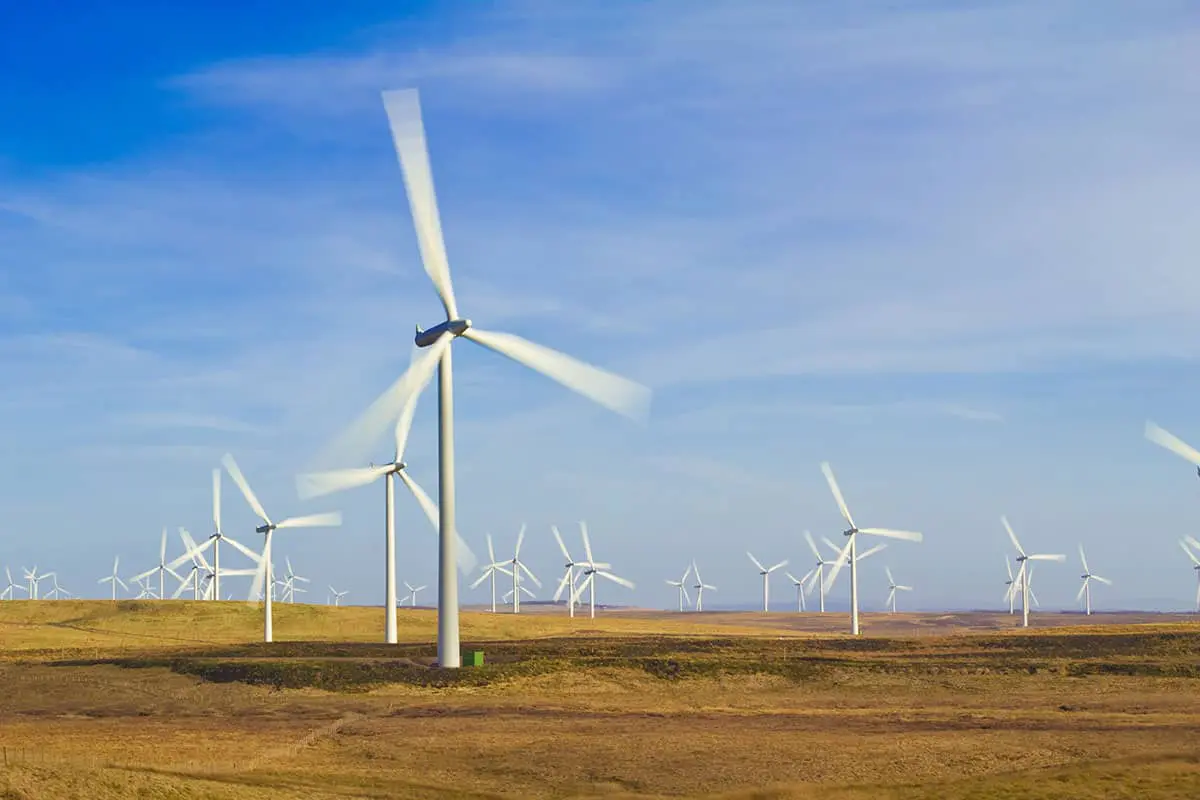Trinidad and Tobago plans to make reliable onshore and offshore wind resource data available to investors by 2026, a move intended to attract renewable energy investment and support the country’s green hydrogen ambitions.
Speaking at a workshop for the European Union-funded National Wind Energy Action Plan last week, Energy Minister Roodal Moonilal said the government is expanding its wind resource assessment program to include new measurement sites in Los Iros/Santa Flora and Toco/Manzanilla, both previously identified as promising locations for wind turbines.
“It is my intention to have bankable data available for investors by 2026, identifying the best sites for both onshore and offshore wind deployment,” Moonilal is quoted in a report from the Energy Chamber of Trinidad and Tobago.
The onshore Wind Resource Assessment Programme (WRAP) was launched in 2024 at two locations — Orange Valley and Galeota — and is being executed by National Energy. Preliminary results presented by the Ministry of Energy at the Caribbean Sustainable Energy Conference in June 2025 indicated promising potential, though full-year data is still pending.
Moonilal also revealed that offshore wind energy development will be pursued simultaneously. The Ministry plans to issue a request for proposals to conduct an offshore WRAP, overseen by the national wind energy steering committee.
The WRAP process is critical to determining the viability of wind energy projects by analyzing wind strength and consistency at proposed sites. The data it produces plays a key role in project design and securing financing.
Perenco now the second largest oil & gas producer in Trinidad – Energy Chamber | OilNOW
Long-term plans envision using wind-generated power to produce green hydrogen, which will be integrated into Trinidad and Tobago’s petrochemical sector. The Energy Chamber said this would help the country meet its climate targets while ensuring the competitiveness of its energy industry amid rising global demand for low-carbon commodities.
Trinidad’s peak electricity demand exceeded 1,400 MW in 2023 when hot spells gripped the country. Natural gas currently accounts for the vast majority of power generation in Trinidad and Tobago. This month, the country’s first utility-scale solar project, the Brechin Castle solar farm, began supplying electricity to the national grid. The project, developed by BP, Shell and the National Gas Company (NGC), is expected to deliver up to 92 megawatts (MW) of power to the national electricity grid when it is fully commissioned by year end, Trinidad Express reported.



